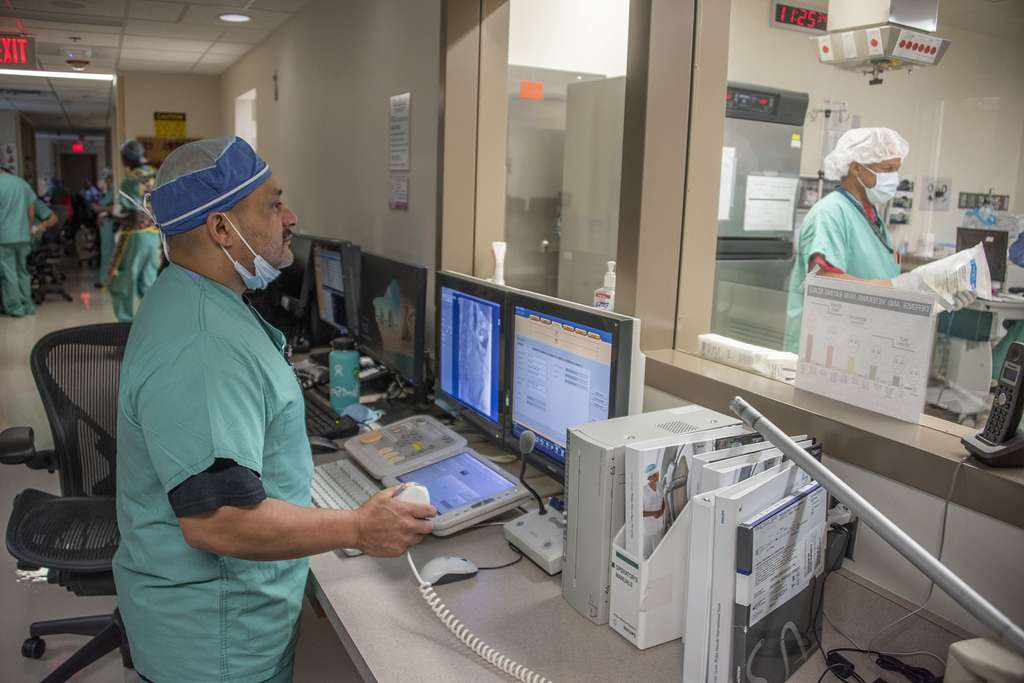Medical innovation continues to shape how conditions are diagnosed and treated, with interventional radiology standing out as a minimally invasive option for many patients. At the heart of this field lies imaging technology, which guides procedures with remarkable accuracy. By using advanced imaging methods, interventional radiology enables practitioners to perform intricate tasks with precision while making procedures less invasive. Understanding the types of imaging utilized can shed light on how this medical specialty achieves its outcomes.
What Is Interventional Radiology Imaging?
Interventional radiology imaging involves the use of advanced technologies to guide medical procedures performed inside the body. Instead of requiring large surgical incisions, these procedures use tools such as catheters, needles, or stents, which are directed toward a treatment area with the help of imaging systems. This process relies on real-time visuals to assist physicians in navigating tools with accuracy.
Imaging enables the targeting of specific tissues, thereby reducing the risk of affecting surrounding structures. This technique is rooted in efficiency and often results in shorter recovery times compared to traditional surgery. From guiding biopsies to treating vascular conditions, radiology relies heavily on precise imaging to deliver effective results.
Which Imaging Methods Are Commonly Used?
Interventional radiology relies on a variety of imaging techniques, each specifically suited to different types of procedures. These methods provide precise guidance for safer and more effective treatments for patients. Here’s an overview of the main imaging techniques used:
- X-ray with Fluoroscopy: A commonly used method, especially for procedures involving blood vessels. Fluoroscopy offers continuous, real-time imaging, making it invaluable for guiding catheters, placing stents, or removing blockages.
- Ultrasound: This technique uses sound waves to produce real-time images, making it ideal for guiding instruments during soft-tissue procedures or needle placements. It is widely used for navigating blood vessels or organs, offering dynamic visual feedback during procedures.
- Computed Tomography (CT): CT scans create highly detailed images of internal anatomy, which are particularly useful for complex procedures such as draining abscesses or tumor ablation. Their precision supports intricate interventions with accuracy.
- Magnetic Resonance Imaging (MRI): While less common during procedures, MRI plays a key role in the planning phase. Its detailed imaging of soft tissues is needed for preparing and mapping out treatment strategies.
By leveraging these advanced imaging methods, interventional radiology continues to enhance the precision and safety of minimally invasive procedures, improving outcomes for patients across a wide variety of treatments..
What Factors Determine Imaging Choice?
Selecting a suitable imaging type for an interventional radiology procedure depends on multiple factors. The specific nature of the procedure plays a significant role. Vascular conditions often call for X-ray imaging combined with fluoroscopy, as it allows for detailed, real-time views of blood vessel structures.
The part of the body being treated also influences this decision. Ultrasound may be preferred for targeting soft tissues or surface-level areas, while CT scans are better suited for intricate cases needing detailed visualization of internal structures. Patient-specific factors, such as pre-existing medical conditions or body composition, can further guide the selection of imaging methods. MRI scans may not be recommended for individuals with certain types of implants, and ultrasound may be less effective in individuals with higher body mass. By aligning the imaging choice with procedural needs and patient characteristics, practitioners aim to enhance both accuracy and treatment outcomes.
Consult a Specialist
Imaging technologies remain a key component of interventional radiology, influencing both the planning and execution of procedures. Understanding the range of imaging types and their applications can provide clarity as patients explore treatment options. Whether it’s X-rays, ultrasound, or CT scans, each imaging type fulfills specific needs within this dynamic field of medicine. If you’re navigating treatment options and believe interventional radiology might be right for you, reach out to a qualified specialist. They can explain which imaging method aligns with your individual situation and provide guidance on the next steps forward.

